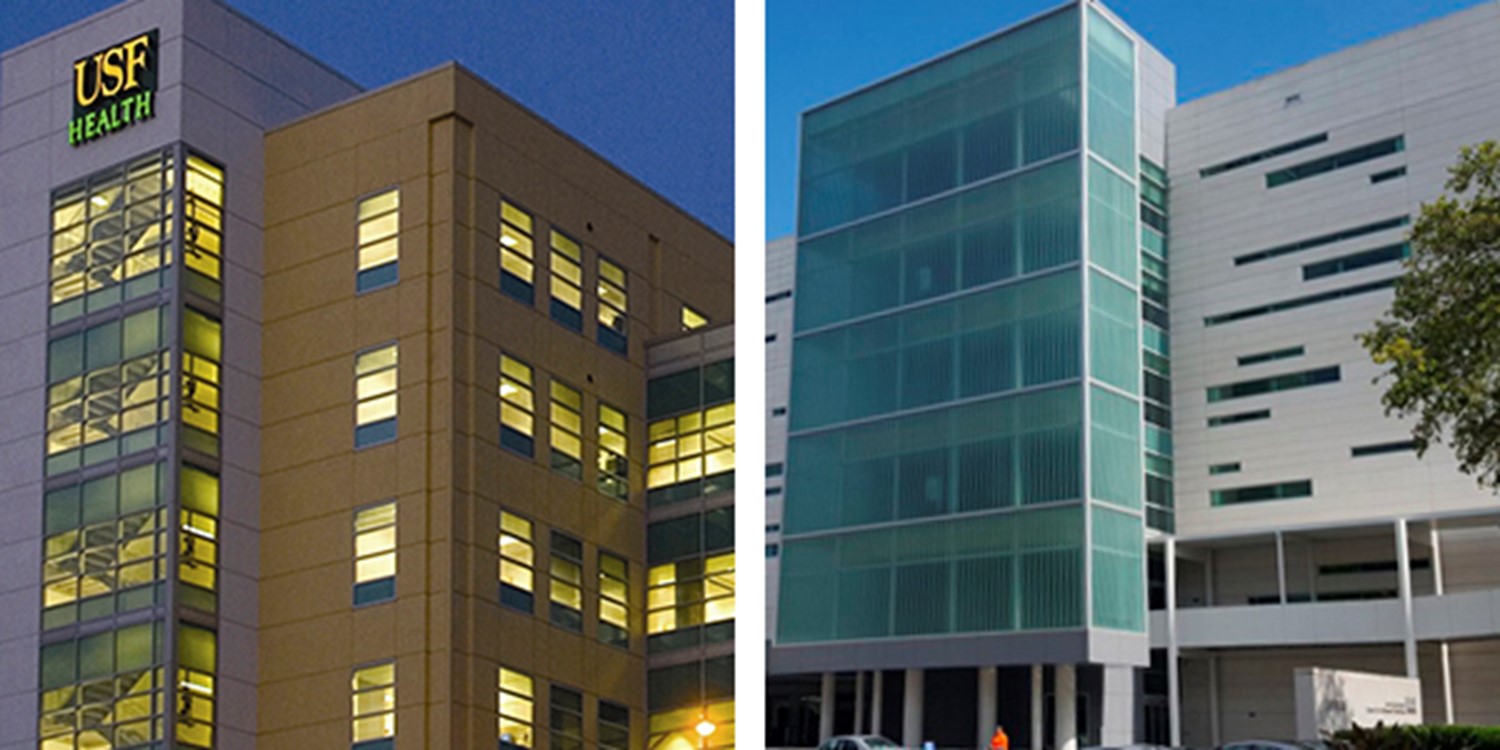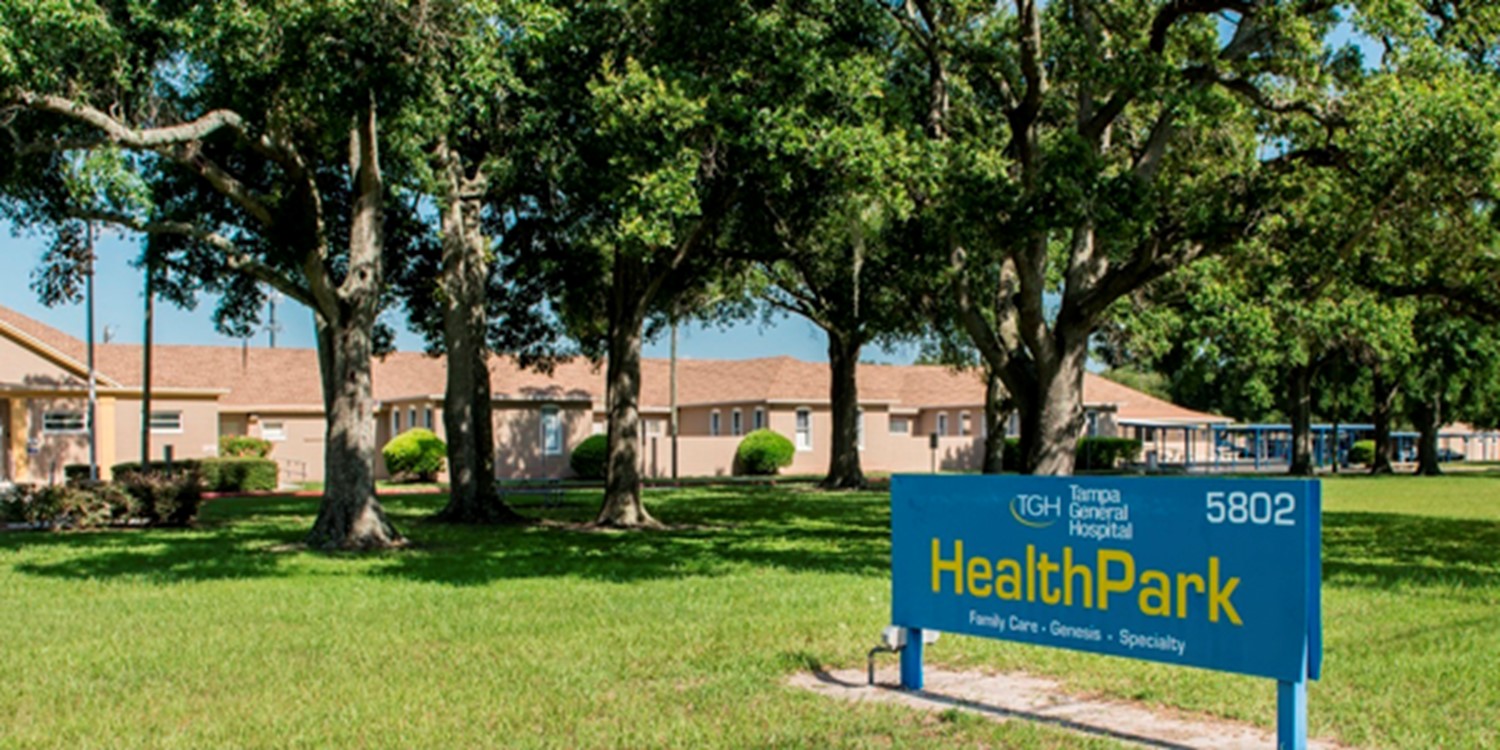Fellowship
Training Sites

Tampa General Hospital (TGH)
Is a 1101 bed teaching hospital, that works in partnership with the USF Health Morsani College of Medicine.
The Rheumatology fellows rotate on the inpatient teaching consult service and see approximately 12-16 consults weekly when serving as the primary consult fellow. Year 1 fellows are primary for a total of 5 months and 2nd years are primary for a total of 2 months. The backup fellow on the service assists when the consult load necessitates. The rheumatology consults seen at TGH encompass the entire spectrum of rheumatologic disorders and provide the fellow with the breadth of experience necessary to develop expertise in the management of highly complex and acute, presentations of rheumatic disease. A significant percentage of the patients are unfunded allowing for experience in challenging transitions of care to the outpatient setting with limited ability to access our expensive biologic agents. These patients are often followed in Health Park clinic by the fellows post discharge serving as an excellent continuity of care.

James A. Haley VA (JAHVA)
Is a tertiary care facility classified as a clinical referral level 1 facility. JAHVH is a teaching hospital, providing a full range of patient care services, with state-of-the-art technology as well as education and research.
The Rheumatology fellows rotate on the inpatient teaching consult service and see approximately 4-5 consults weekly when serving as the primary consult fellow. The backup fellow on the service assists when the consult load necessitates. First year fellows rotate on the inpatient consult service 4 months per year as primary fellow, and second year fellows 3 months per year as primary.
The rheumatology consults seen at the VA complement the inpatient experience at TGH and allow the fellows to develop their expertise in managing both common, and the more complex rheumatologic disorders in patients with multiple comorbidities making the management challenging. The patient population is 75% male, presenting a different spectrum than the diseases seen at TGH, where the population is more reflective of the ratio of male and female patients seen in a typical rheumatology practice. The fellows follow the patients seen as inpatients post discharge in their outpatient clinics providing an outstanding continuity experience.
The fellows have 2 half day clinics at the VA where they follow their patients throughout the 2-year fellowship. The fellows see approximately 8 patients in a half day clinic. The clinic experience complements that seen in the other outpatient clinics. Due to the predominantly male population the fellows see the rheumatic diseases more strongly represented in males including gout, spondyloarthropathies, traumatic OA, and localized pain syndromes (i.e., bursitis). The fellows have the opportunity to focus on skills of joint injection, and aspiration. The weekly rheumatology didactic conference is held at this site.

USF Health Clinics: North (Morsani) and South (STC)
The 2 USF Health center campuses are the site for the fellow’s continuity clinics. Of all the outpatient experiences this is chosen as the continuity clinic as it has the distribution of patients (gender or economic range), that most closely reflects that which would be seen in an outpatient rheumatology practice setting. The fellows have one half day of continuity clinic weekly for the duration of the fellowship and see approximately 8 patients per clinic.
The patients seen represent the full spectrum of rheumatic disease, complementing that seen at the other outpatient sites. Since the population is predominantly female, the fellows see significant numbers of patients with Lupus, Scleroderma, Rheumatoid arthritis, and those additional rheumatic diseases more highly represented in females. One of the core clinical faculty members has a vasculitis clinic drawing patients with systemic vasculitis. Another core faculty member has a joint clinic with pulmonary for the management of rheumatic disease patients with ILD. The centers do receive a significant number of tertiary referrals; however, this is balanced by self-referrals, and referrals within the practice, and from local practitioners.

Specialty Center at HealthPark Clinic
The fellows have one half day weekly in this clinic throughout the fellowship and see approximately 8 patients in a half day clinic. The patients receive county funding, providing the experience of providing patient care with limited formularies. As mentioned in the TGH section, the fellows follow patients they cared for as TGH inpatients post discharge in this clinic offering a unique, and very important experience of transitioning care from the inpatient to the outpatient setting. The patients seen represent the spectrum of rheumatic disease with a predominance of females. The patients often present with complications of their rheumatic disorders due to difficulty in establishing care due to financial barriers. There is a significant representation of Spanish speaking patients giving the fellows the additional practice of caring for patients through interpreters or improving their medical Spanish.